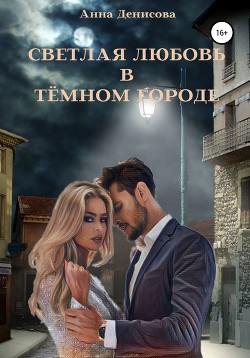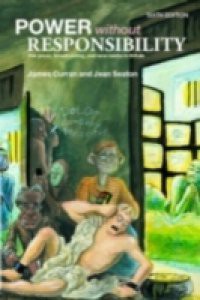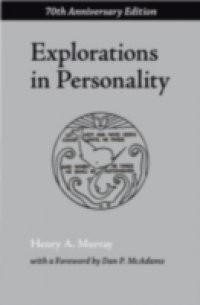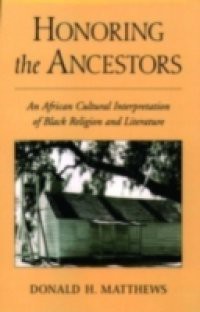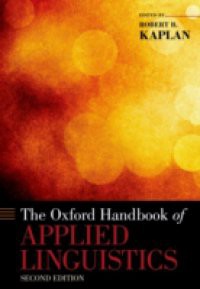Women and Crime in the Street Literature of Early Modern England explores how crimes committed by women are represented in popular literature of the early modern period, in broadside ballads, domestic plays, and prose pamphlets. These are forms used to present news in an age before the invention of newspapers, when news-writing conformed to different conceptions of truth-value and cultural expectations from our own. Sandra Clark's focus is not on the social reality of the crimes, but on how they were shaped as subjects for representation. Women's crimes were over-represented in proportion to their actual occurrence, but only a few types of crime made the news, chiefly husband-murder, child-murder, and witchcraft. As domestic crimes, these might have had some bearing on the lives of their audiences. Sandra Clarke considers not only how the generic differences between these three literary forms influenced their construction of women as criminals, but also whether some forms particularly had the capacity to address women's interests.
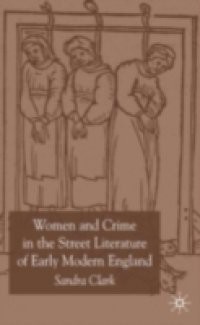

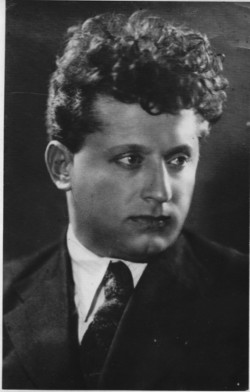

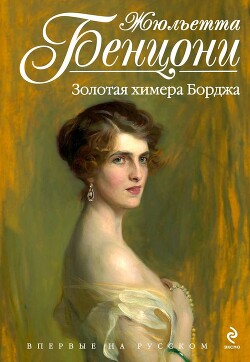
 9.33 (3)
9.33 (3) 
